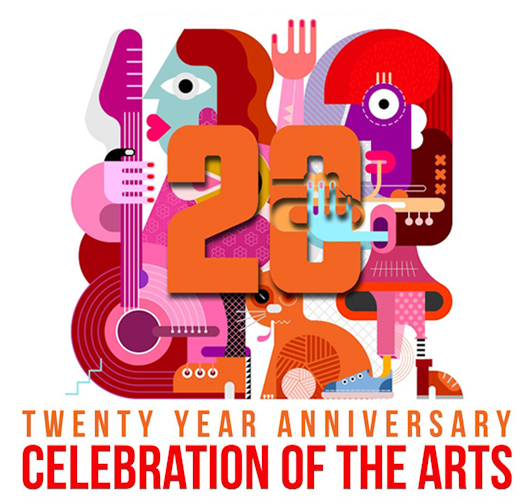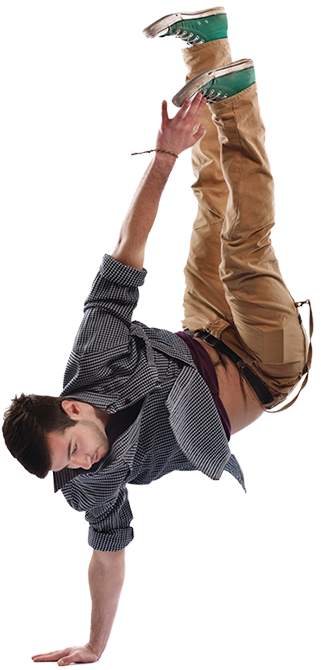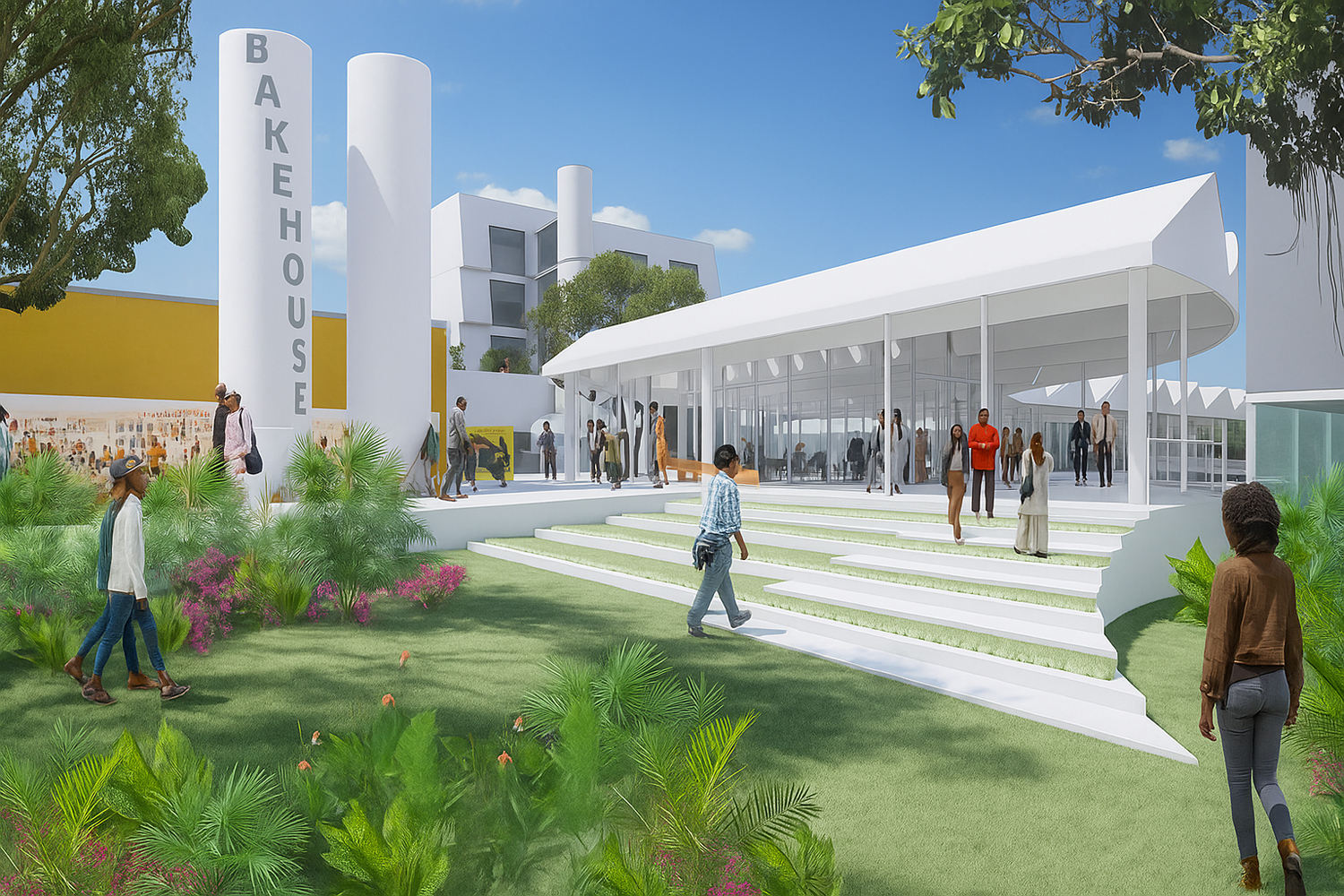
"Future" curated by Michale Maltzan. (Bakehouse architectural rendering, by Michael Maltzan Architecture, courtesy of Bakehouse Art Complex)
"Without art, the crudeness of reality would make the world unbearable." - George Bernard Shaw
Miami 1985: The Bakehouse Art Complex arises from a 1926 converted Art-deco-style industrial bakery building in the then blighted north end of Wynwood. The original “American Bakeries Company” sign is still painted on the side of the building.
On Nov. 7, 2025, the Bakehouse kicks off its 40th birthday bash with the theme, “Past, Present and Future,” honoring times both grand and modest in its history of supporting our artists with affordable studio spaces, equally enfolding the community into its synergistic success story.
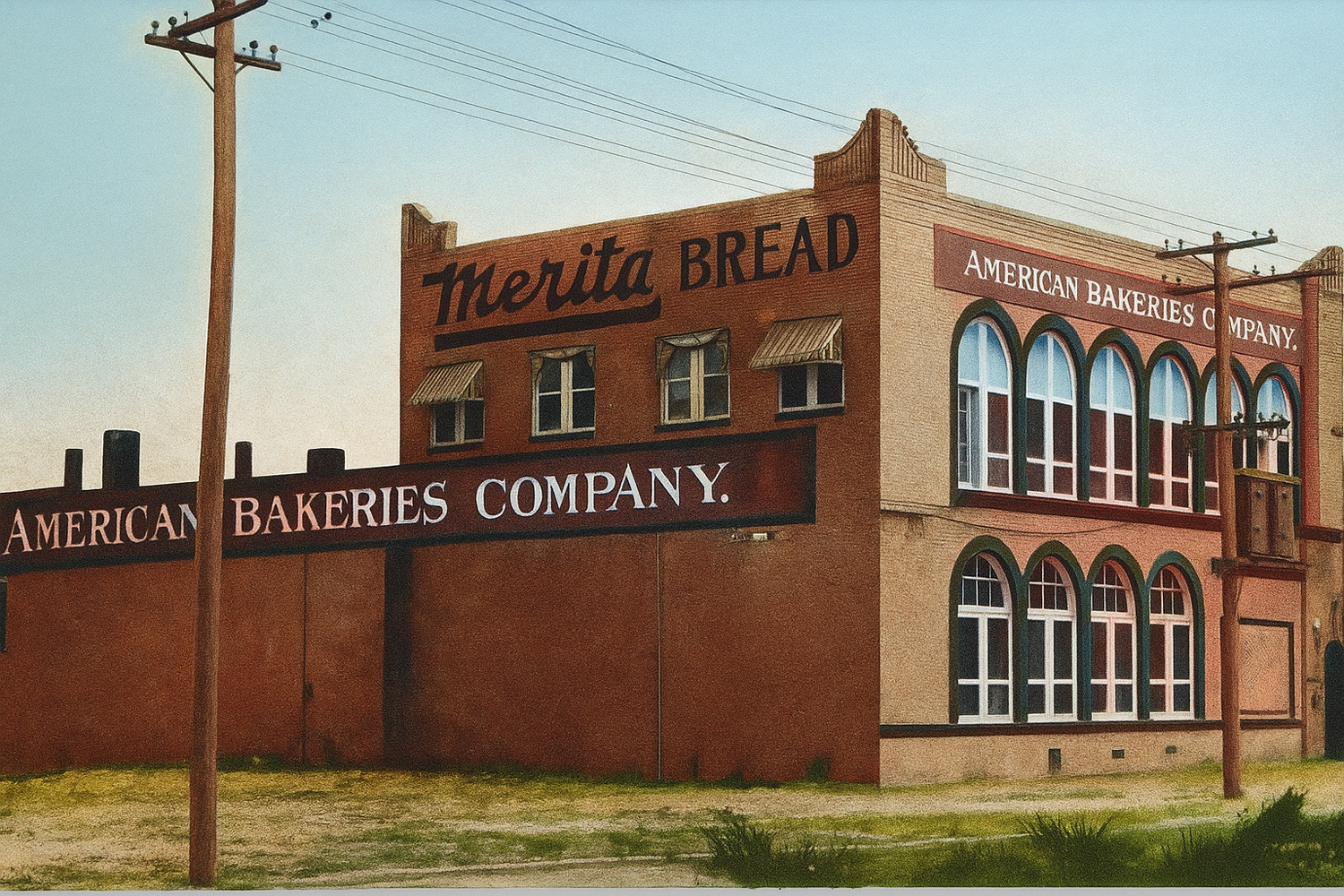
“Past” installation curated by Philip Lique. The original American Bakeries Company building. (Image courtesy of Bakehouse Art Complex)
“Past” is curated by Philip Lique, “Present” by Krys Ortega, and “Future” by Michael Maltzan and Michael Maltzan Architecture.
BAC is on the threshold of a new era as the first phase of a multi-year renovation process begins. Miami turns to another new page of creative excellence laid out in this new exhibition following the yellow brick road through time and into a renovated image upload.
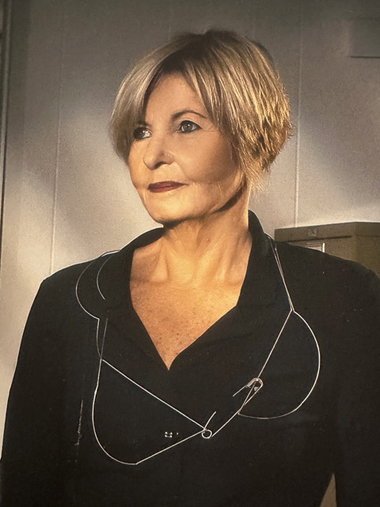
Cathy Leff, Bakehouse Art Complex Executive Director. (Photo by Pedro Wazzan, courtesy of Bakehouse Art Complex)
A lot was happening in “colorful” (in all senses of the word) South Florida during the 1980s decade when the Bakehouse blew onto the map. For those of you who weren’t around, Miami was awash in some truly bad press when violent drug wars were ablaze in our city, surrounded by myriad unfortunate behavior from all factions.
Several major events bubbled up to save Miami from itself.
In 1983, the artists Cristo and Jean-Claude wrapped many of Biscayne Bay’s islands in 6.5 million square feet of floating pink fabric giving some positive national attention. Then the phenomenon of the television show “Miami Vice” came roaring into our living rooms in 1984 (to 1989), forever changing Miami’s off-putting reputation from unattractively seedy into an edgy, dangerous allure awash in baby blue and Barbie pink hues to counteract the blood-spattered imagery smeared across our news reports of the time.
Clothing designers Versace and Armani sealed the deal on creating new excitement with “Miami Vice.” The climb into a world-famous city was on its way, never looking back.
Throughout the roller coaster ride, artists were undeterred. Art Miami was the city’s very first large organized art fair, which opened up in 1990. The international Art Basel Fair blew the top off Miami’s art scene, arriving in 2002. Miami was now inked into the list of cities to take seriously.
Many locally born artists had left town to find greener pastures, only to re-assess their childhood haunts, returning to a viable city to continue honing their crafts. Through it all, The Bakehouse was a cog gluing the community together.
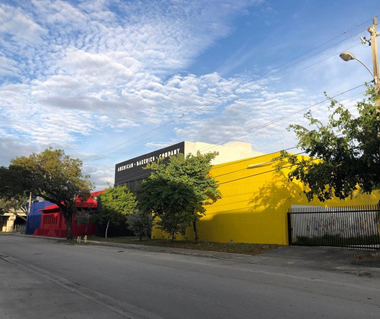
“Present” curated by Krys Ortega. (Courtesy of Bakehouse Art Complex)
Cathy Leff has been the executive director of BAC since 2018. Previously at the Wolfsonian FIU for twenty years, among many other Miami-based cultural programs, Leff is overseeing copious renovations to the 1926 structure, the interior design and addition of affordable housing, incorporating a live-work environment to fill the gaping maw in Miami’s residential support of local artists.
As we all know, where artists go, so goes the next wave of the places to “be.” Remember Coconut Grove, followed by The Design District and South Beach, Lincoln Road, Wynwood, Little River . . . without a place to affordably live, they will move on, taking all the creatives with them. I have been in Miami off and on for decades, The Bakehouse never lost its meaning for our area over the full 40 years on site.
In speaking with Leff, I wanted to know what she felt was the most important contribution the Bakehouse has made to the Miami art community over the years.
“Bakehouse’s most important contribution has been serving as a place of permanence, stability, and opportunity for artists in Miami,” she said.
“For nearly forty years, it has anchored a constantly shifting city by offering affordable studios, resources, and community to generations of artists. Long before Wynwood became a global arts destination, Bakehouse was already a catalyst—transforming an industrial bakery into a creative hub. It has kept artists rooted in the city through cycles of boom, bust, and reinvention, ensuring that artists aren’t just visitors to Miami’s growth but essential makers of its culture. We have been an incubator of talent, a convener of community, and a cultural engine that has helped shape Miami’s artistic identity.”
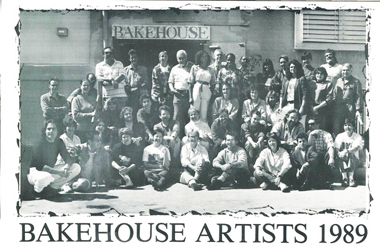
The Bakehouse Past: 1989, The Artists. (Courtesy of Bakehouse Art Complex)
And then another question. “What one thing would you like to see The Bakehouse accomplish going forward to its next maturation?
“I would like to see Bakehouse fulfill its vision of becoming a national model for how artists and culture can drive equitable urban transformation. That means, realizing its redevelopment into a mixed-use cultural and housing campus—hundreds of affordable artist residences and studios, fabrication labs, cultural and civic spaces, and public green commons—woven into the fabric of Wynwood Norte. If Bakehouse can accomplish this, it will prove that Miami can grow without displacing the very people who make it vibrant. It will fuse culture, community, and city-building in a way that ensures creativity takes center stage in shaping Miami’s future.”
The beginning: In the early 1980s, with support from the City of Miami and Miami-Dade County’s Community Development Block Grant programs, BAC’s founding artists Helene Pancoast, Faith Atlass, and David and Nathalie Nadel, after bring forced out of Coconut Grove studio spaces due to rising costs, began their new home in the wild west of north Wynwood, now a household name.
One of the Bakehouse Art Complex offerings to the community was to hold adult classes. They helped launch many of Miami’s more influential artists who were just starting out.
Miami silver jewelry artist Jane Goodman was one of the earlier artists accepted by the selective Pat Taylor, metalsmith and head of the Bakehouse jewelry department at the time. Taylor gave workshops, only accepting the most serious of metal artists, teaching a small group of four to six people per session.
Says Goodman: “I was always interested in art jewelry. If it wasn’t for Pat Taylor, I wouldn’t have gotten this far, participating in many shows, winning prizes as well as having pieces in MoCA and the Wolfsonian shops.”
The Bakehouse has events regularly. Don’t say I didn’t warn you - keep the dates in your metaphorical back pocket: www.bacfl.org/exhibitions
Honor the double anniversary saluting 40 successful years of the nonprofit BAC, as well as the building concurrently celebrating its 100th year. Join in the festivities from 7 to 10 p.m. at the Bakehouse on Friday, Nov. 7.
But first . . . RSVP at www.bacfl.org/events/bakehouse-at-forty-past-present-future. It is worth your while to purchase a ticket in advance of the bash. So get on it: exhibitions, open studios, birthday treats and Salsa with Salsa Z. Search into the back of your closet and conjure a most creative self to add your own brand of splash to the occasion.
Dig deeper: Learn about MiamiDade County's living archive of art history from 1945 to the present with the Vasari Project. At the M/D Public Library downtown on Flagler Street mdpls.org/vasari
IF YOU GO:
Bakehouse Art Complex
561 Northwest 32nd St., Miami
www.bacfl.org/
Bakehouse is open to the public daily from noon to 5 p.m.
